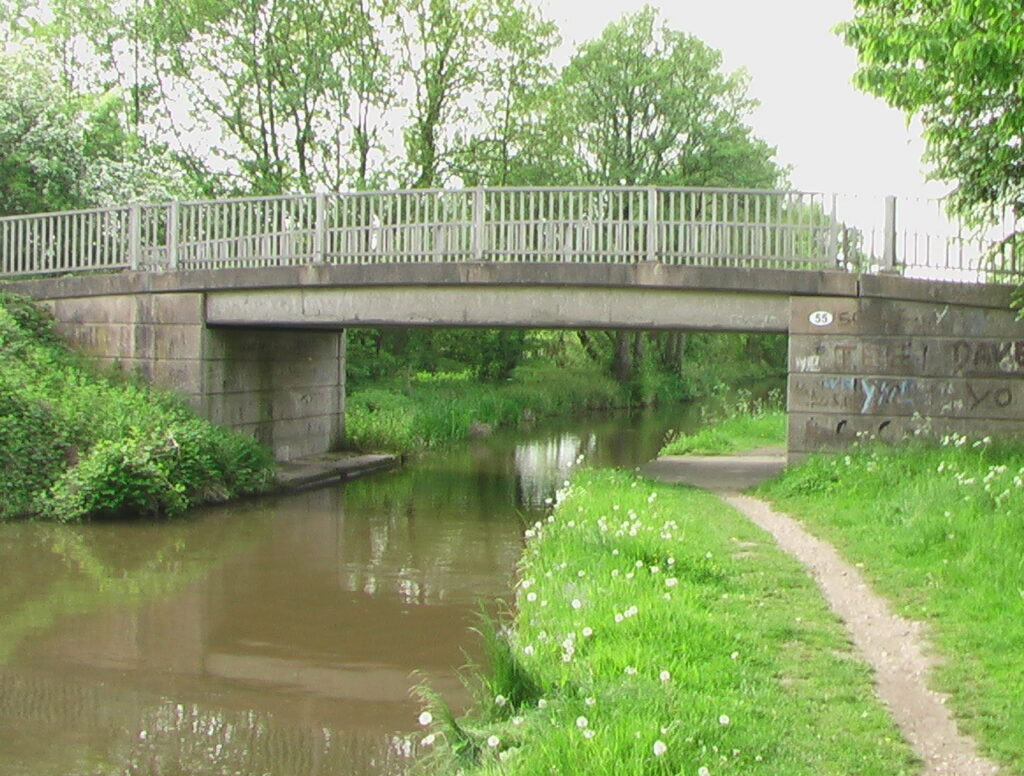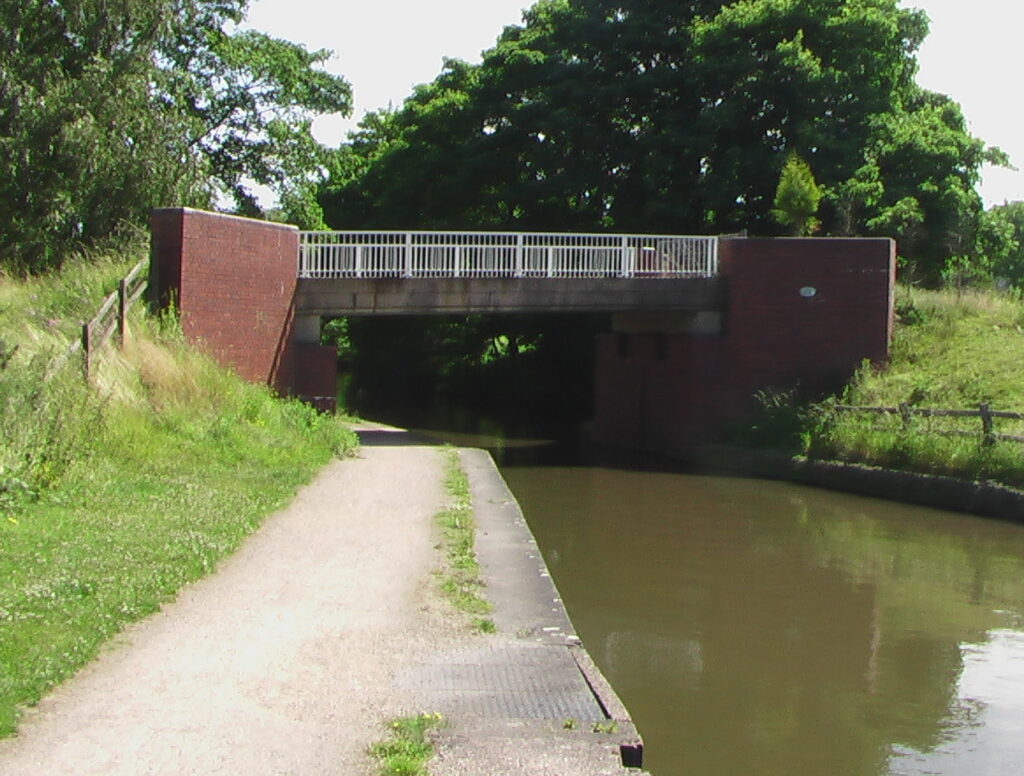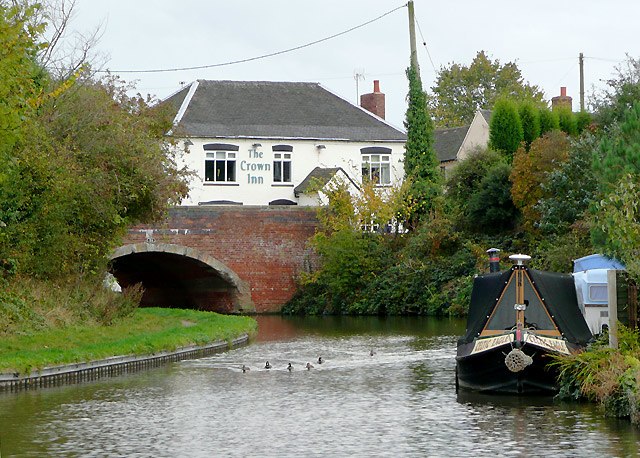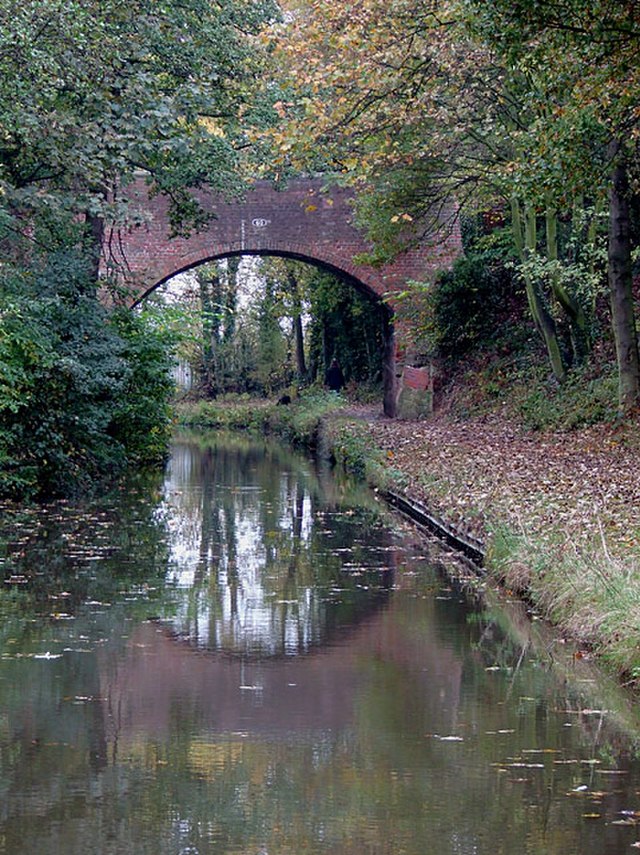
Two or three years ago I was asked about the origin of the name of the ‘Magazine Bridge’. Not only did I not know, I didn’t even know where it was! After a bit of searching I found out where it was – the canal bridge at the far end of Handsacre towards Kings Bromley – but until this last week I had not been able to find the origin of the name.
In that search I realised that the parish has about fifteen bridges, (depending on how you want to do the counting), that are in use –
- nine bridges over the canal, counting the one that used to be the tunnel, (one was also removed – when Lea Hall Colliery was constructed)
- three railway bridges, one of which goes over both the canal and Old Road
- two over the river – one a footpath and one a road, (plus the old iron bridge)
- one road over the railway
You could add in the footbridge over the brook down Old Rad and similar ones around the village. And culverts taking streams under roads like New Road or Hood Lane.
I also didn’t know that two of the bridges are Grade 2 Listed – canal bridges 59 and 60. At first that seemed a bit strange but looking at the two pictures below it is easy to see that the old bridges are more appealing, even if the No. 58 bridge isn’t listed.


Bridges over the Trent and Mersey canal were only given numbers originally but locals everywhere quickly gave them names, some of which have survived for quite a long time. Starting at the Rugeley end of the parish the canal bridges are
No. 62 – next to the Ash Tree. Not the original
No. 61A – the bridge over the old canal tunnel which was collapsing due to subsidence, obviously not the original
No. 61 – No longer the original. I knew this as the Milking Bank bridge because most of the cattle for Church Farm were kept over the canal and brought up to the milking parlour at the farm over this bridge. This was a favourite area for kids to play when I was growing up, probably because there was a flat area to one side which was nice and muddy and all sorts of things seemed to turn up there. One day my brother and a friend, both around ten years old or even less, were playing there and found a lump of metal which they believed was from the war. They proudly carried it through the village to the Police Station which at that time was next to where the Legion is now. They put it down on the counter and were beaten to the door by the Constable who realised that they had just dumped a hand grenade on his counter!
No. 60 – one of the Listed bridges. It has had a number of names including High Bridge, Church Bridge and Linfield Bridge

No. 59 – another Listed bridge down the Old Road. This has also had a number of names e.g. Kent’s Bridge, Sharratts’ Bridge

No. 58 – at the Crown
No. 57 – down Tuppenhurst Lane, known as Royles Bridge
No. 56 – Tuppenhurst Bridge
No. 55 – the Magazine Bridge
In the Parish Chest documents at Stafford Record Office I came across a document which explains how the bridge got it’s name. Even though the writers stated that it was bridge No. 61 the description of the land and landowners clearly show that it relates to No. 55.
We the undersigned Charles Berwick Curtis, Thomas Curtis and Charles William Curtis all of Lombard Street in the City of London gunpowder manufacturers do hereby give notice that we intend to apply to the Justices of the Peace for the county of Stafford at their next general Quarter Sessions of the peace to be holden at Stafford in and for each county to licence the erecting by us of a Magazine for keeping gunpowder on a piece of waste land containing twenty perches or thereabouts the property of the North Staffordshire Railway Company situate at Tuppenhurst in the parish of Armitage in the said County of Stafford near a bridge numbered 61 on the Navigation from the Trent to the Mersey and adjoining the towing path of the said Navigation on the one side and partly to a close of land the property of John Newton Lane Esquire in the occupation of Joseph Sharrod and partly to another close of land the property of the said John Newton Lane as lessee of the Prebend of Alrewas and in the occupation of Robert Woolley on the other side.
Dated this fifteenth day of March one thousand eight hundred and fifty five.
Curtis was a manufacturer of gunpowder who traded as Curtis’s and Harvey. Why they wanted a gunpowder magazine there is not explained but in 1841, Curtis had obtained a patent, Particulars of a Method or Methods, by Self-acting Apparatus to be used on Railways, for obviating collisions between successive trains, etc which used gunpowder and this may have been their local store for their patented device.
